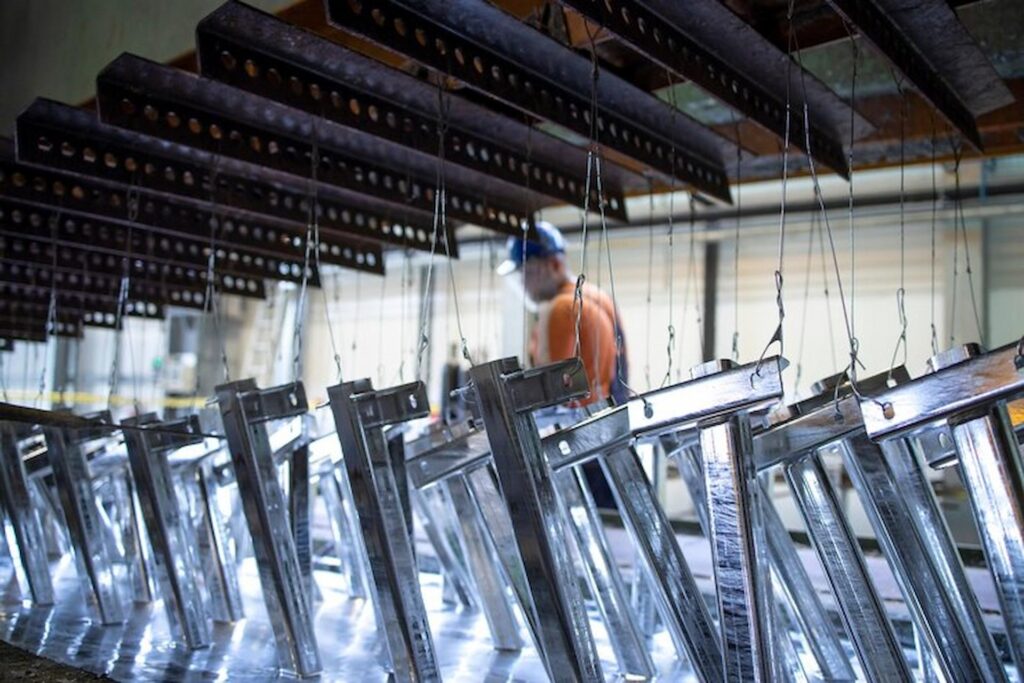Your Essential Guide
Sheet metal fabrication is a vital process in a huge range of industries – but all too many of us don’t really understand what it entails. Knowing what to expect during the sheet metal fabrication process can help you navigate any complexities and guarantee the best possible result for your project. So, here is everything you need to know.
Material Selection
The journey of sheet metal fabrication begins with material selection. Different metals offer varying properties such as strength, corrosion resistance, and conductivity. Common materials include steel, aluminium, stainless steel, and copper. The choice of material depends on a large number of factors relating to our application and of course your budget!
Design and Engineering
Before fabrication begins, your project will undergo a meticulous planning and design process. Computer-aided design (CAD) software is often employed to create detailed blueprints, allowing for precise measurements and simulations. You’ll work closely with your sheet metal formation specialist during this time, so be sure to ask questions and share your desires for the end result.
Cutting
Once your design has been finalised, the fabrication process kicks off! This will see your team cutting the sheet metal to size. Various techniques are used, with laser cutting being the most popular in terms of accuracy. It’s also incredibly fast, which makes it perfect if you are working to a tight turnaround time.
Forming and Bending
Sheet metal is often formed and bent to achieve the desired shape. This is typically done using specialist equipment such as press brakes and rollers. Skilled operators meticulously manipulate the metal to meet exact specifications, ensuring uniformity and structural integrity. Again, this is something that should only be left to the professionals.
Joining and Assembly
In many applications, multiple pieces of sheet metal need to be joined together to create complex structures. Welding and other techniques are most often used for assembly. The choice of joining technique depends on factors such as material type, thickness, and application requirements. This will be something you discuss with your team.
Finishing
After assembly, fabricated components may undergo finishing processes to enhance their visual appeal along with their durability and functionality. Surface treatments such as painting, powder coating, and plating can all provide corrosion resistance, improve appearance, or even add electrical conductivity if needed.
Quality Control
Quality control is paramount throughout the sheet metal fabrication process, and you should only ever work with a team that go out of their way to ensure that your final product meets all relevant standards and specifications. You’re the one who makes the final call, so do speak up if something isn’t quite as you expected.
The More You Know!
By understanding what to expect during the fabrication process, you can better communicate with your chosen experts and be prepared at each stage. So, what are you waiting for?

